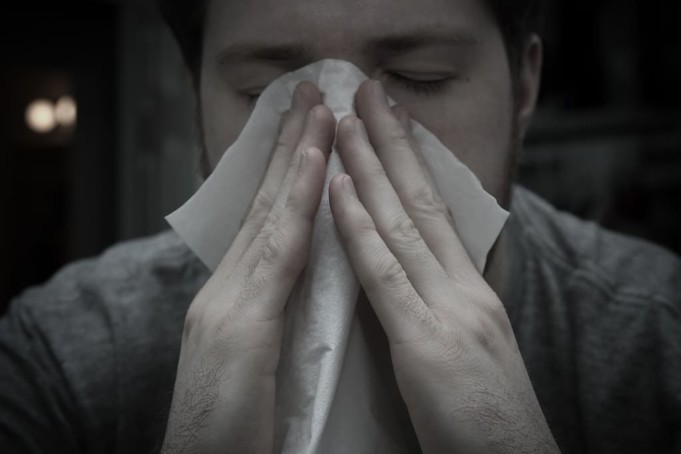With “allergy season” just around the corner, it’s time for preventative maintenance. Hay fever (seasonal allergic rhinitis) has been linked to more severe illnesses such as asthma, bronchiectasis, and chronic obstructive pulmonary disease, not to mention anxiety and depression.
While contact dermatitis encompasses a plethora of skin reactions such as hives, bumps, blisters, and rashes, in many cases, these are also a result of allergens.
Start With the Quality of Air
Check your HVAC unit for dirty or damaged filters. Some HVAC units use HEPA filters or are compatible with using them. If you aren’t sure how to check your filters, contact Del-Air for more information.
Use air purifiers in every room to clean circulating air. Regardless of the filter quality of your HVAC unit, these machines can catch more of what your system didn’t, providing extra protection.
Wipe off the collected dust on ceiling fan and portable fan blades. Over time, these become encrusted with grime that can break loose and travel back into the air.
Clean the screens on windows and doors. These can become clogged with pollen and mold spores. Keeping doors and windows closed is an option, but unless you never leave the house, particles stuck in the mesh could blow back in.
Purify the Home Structure
Sweep, mop, and scrub corners. Baseboards can collect dust and mold and should be washed.
Vacuum frequently to reduce the accumulation of pet dander, insect excrement, mold, pollen, dust, and mites. Some vacuums use HEPA filtration and are designed especially for allergy prevention. Vacuums can also pick up what a broom and mop missed on laminate or hardwood surfaces.
Use a steam cleaner to eliminate the remainder of allergens from the floor. Some steam cleaners come with attachments specifically for pet dander removal and can also be used to clean hardwood or laminate flooring.
Wash the walls and ceilings with antibacterial soap and hot water to remove dust, dirt, oil, grease, and nicotine buildup.
Wash crown molding, door frames, and window ledges instead of dusting. Use your vacuum hose extension to remove cob webs and dust bunnies so as not to scatter particles back into the air.
Wipe picture frames, light fixtures, counters, and furniture surfaces frequently. Some types of furniture polish repel dust and can also be useful for limiting antigen exposure as well.
Decontaminate Fabrics
Every time you step outside the home, you will be exposed to allergens that can collect on your body, clothing, and in your hair.
Aside from showering daily to reduce exposure, put contaminated laundry into large plastic bags that can be tied shut until laundry day. Use hypoallergenic laundry detergent to wash your clothes, bed linens, bathroom towels, and floor rugs.
Area rugs and furniture with fabric covering should be sprayed with antibacterial spray and steam cleaned.
Although removing allergens from the home can be a tedious process, the benefits of living allergy free far outweigh the detriments of allergen caused illnesses and their comorbidities.












